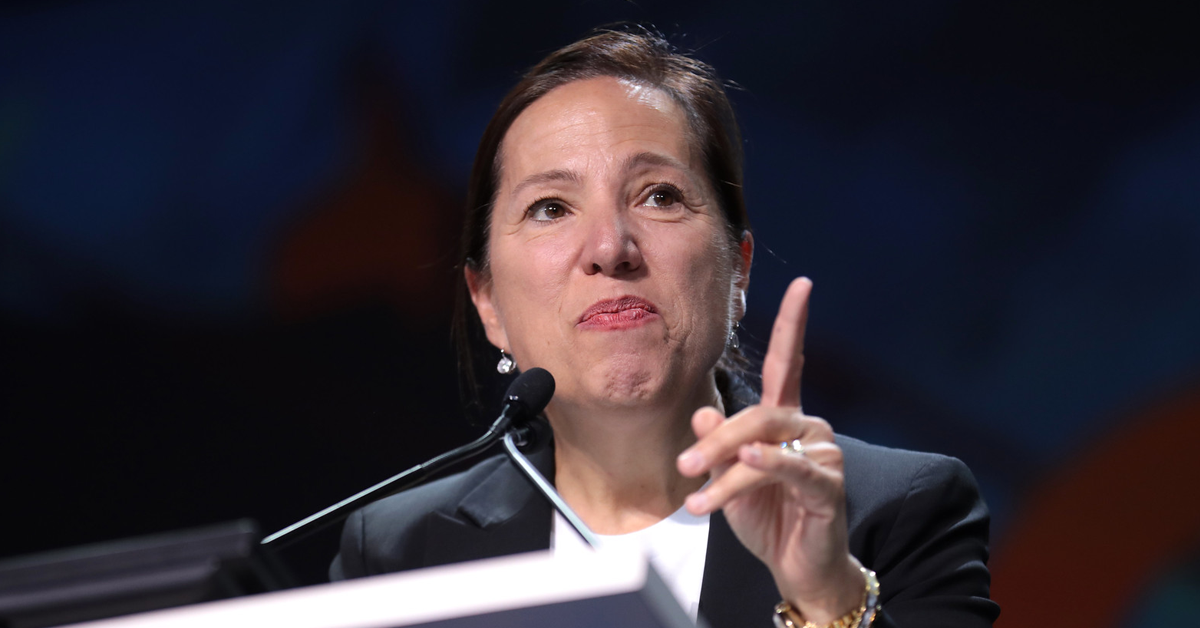California Democratic lawmakers are faced with a new quandary related to the state’s floundering high-speed rail project: should the Central Valley-centric rail system even be equipped for high speeds?
Democrats in the California State Assembly are pushing to debate the issue as they negotiate with Gov. Gavin Newsom over whether to release $4 billion in bond funding to keep construction rolling in the San Joaquin Valley.
The question on the minds of legislators: when to electrify the high-speed rail lines, the key cog to ensuring high speeds.
The debate, first reported by The Associated Press, comes as high-ranking Democrats in the Legislature redouble their attacks on the multi-billion-dollar train project.
In the final days of the legislative year this Fall, Assembly Speaker Anthony Rendon (D–Paramount) attacked the project as being on the wrong track with expectations from the Capitol.
“I think the, ‘If you build it, they will come,’ theory is pure fantasy,” Assembly Speaker Anthony Rendon told NBC Bay Area mere days before the gubernatorial recall. “They will come where? How will they magically appear in Merced?”
“You see that same piece of track that I saw last year and the year before and the year before that and the year before that,” Rendon said. “[That structure] seems to be this monument to high-speed rail. Maybe they can turn it into a sculpture if we don’t go much further than where we are right now.
Asm. Laura Friedman (D–Glendale), chair of the Assembly Transportation Committee and a front-line negotiator with the Newsom team, argued that it might be better to run diesel trains and switch to electrification later.
Meanwhile, high-speed rail officials and advocates are hoping to ink a deal to design and build an electrified track and rail system along with a 30-year maintenance agreement.
At the center of the stand-off is the bond funding that will enable high-speed rail contractors to continue construction, even at as slow of a pace as it has progressed.











